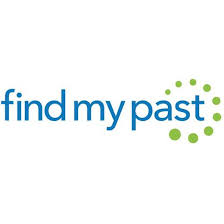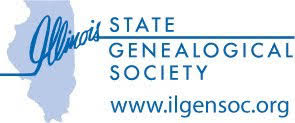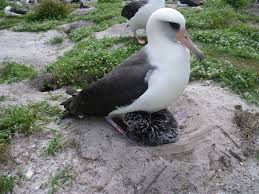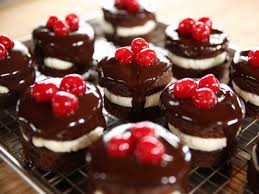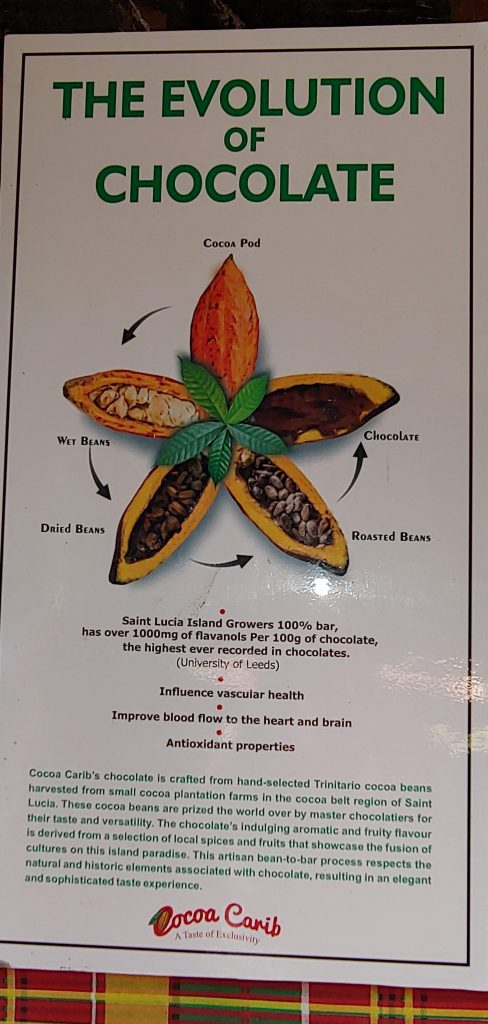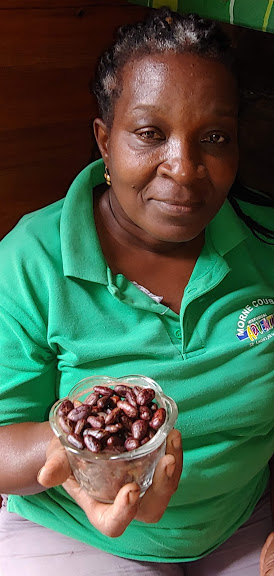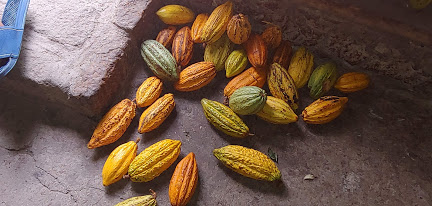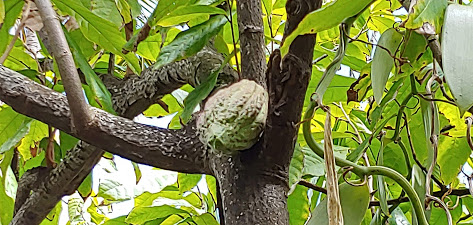
For many women today, the United States Daughters of the American Revolution, or DAR, is still a viable and relevant organization. Besides monthly meetings these ladies contribute to service projects and honor and preserve the legacy of patriot ancestors.
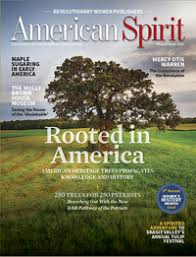
American Spirit is the magazine published by the Daughters. In the Mar/Apr 2019, I gleaned these interesting tidbits about the organization.
There is a DAR Genealogy Preservation committee where volunteers categorize documents to make the retrieval process easier for documents submitted with applications.
The group offers helpful research publications such as: Massachusetts/Maine Revolutionary War Source Guide and North Carolina Revolutionary War Source Guide. You can order them in paper form or purchase them as a PDF download. Click to www.dar.org/darstore
American Spirit carries queries! Yes, they still do. The cost is $1.00 per word. Click the website (www.dar.org) for submitting information and any other information about this venerable patriotic organization.
